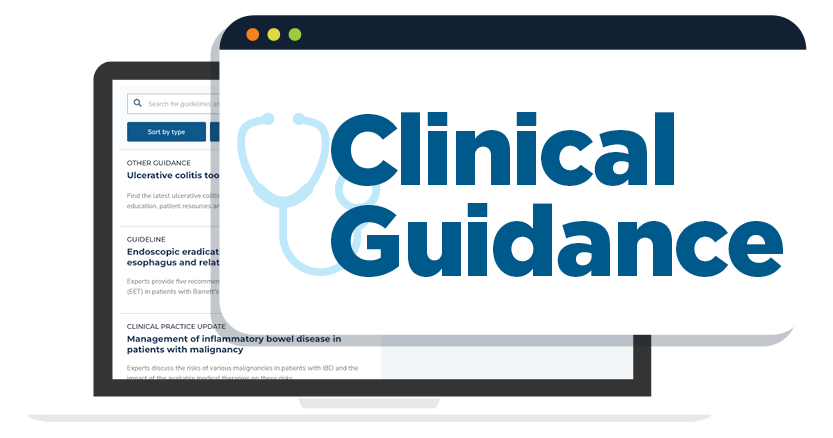1. Sustained virologic response (SVR) should be confirmed by undetectable hepatitis C virus (HCV) RNA at 12 weeks after completion of an all-oral direct-acting antiviral (DAA) treatment regimen.
2. Routine confirmation of SVR at 48 weeks post end of treatment is recommended. Testing for HCV RNA at 24 weeks post treatment should be considered on an individual patient basis.
3. Routine testing for HCV RNA beyond 48 weeks after end of treatment to evaluate for late virologic relapse is not supported by available evidence; periodic testing for HCV RNA is recommended for patients with ongoing risk factors for reinfection.
4. Surveillance for hepatocellular carcinoma (HCC )with liver imaging ± serum α-fetoprotein (AFP) should be pursued twice annually for an indefinite duration in all patients with stage 3 fibrosis or liver cirrhosis post-SVR.
5. Surveillance for HCC is not recommended for patients with stages 0-2 fibrosis post-SVR.
6. Intensification of HCC screening frequency in the immediate post-SVR context is not currently recommended.
7. Initial endoscopic screening for esophagogastric varices is recommended for all patients with liver cirrhosis, independent of SVR.
8. Repeat endoscopic screening should be pursued for cirrhotic patients post-SVR at 2-3 years if no varices or small varices were identified on initial screening examination.
9. If no varices are identified on endoscopy 2-3 years post-SVR, cessation of further endoscopic screening can be considered on an individual patient basis if there are no risk factors for progressive cirrhosis.
10. Fibrosis assessment post-SVR with noninvasive tools, such as liver elastography, can be considered on an individual patient basis to assess for interval fibrosis progression or regression to guide clinical management, although improved fibrosis measurements should not alter the frequency of HCC surveillance at the present time.
11. Patients who have achieved SVR should be counseled regarding sources of liver injury, which can independently contribute to liver fibrosis progression, including alcohol, fatty liver and other potential hepatotoxins, and should be evaluated for these and other sources of liver injury if serum levels of liver enzymes are elevated.












